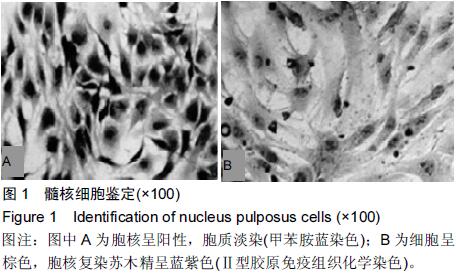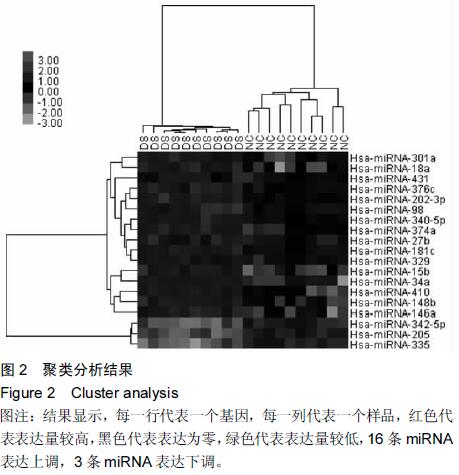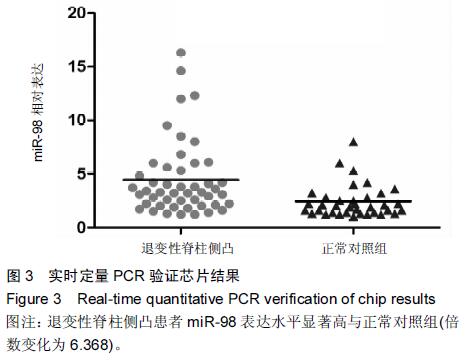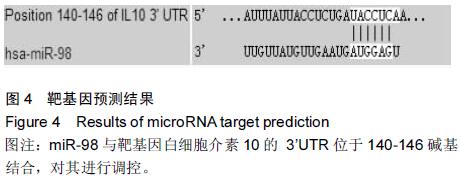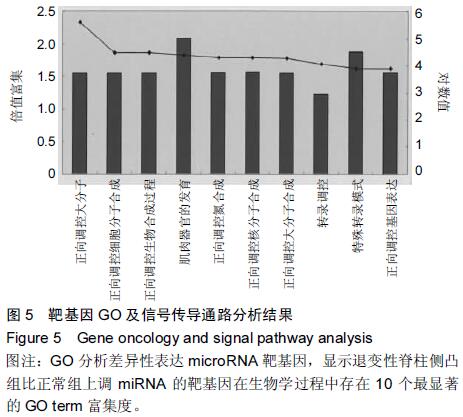[2] Schwab F, Dubey A, Gamez L, et al. Adult scoliosis: prevalence, SF-36, and nutritional parameters in an elderly volunteer population. Spine (Phila Pa 1976). 2005 ;30(9): 1082-1085.
[3] Cho KJ, Suk SI, Park SR, et al. Risk factors of sagittal decompensation after long posterior instrumentation and fusion for degenerative lumbar scoliosis. Spine (Phila Pa 1976).2010;35(17): 1595-1601.
[4] Schwab F, Patel A, Ungar B, et al. Adult spinal deformitypostoperative standing imbalance: how much can you tolerate? An overview of key parameters in assessing alignment and planning corrective surgery. Spine (Phila Pa 1976).2010;35(25): 2224-2231.
[5] Lowe T, Berven SH, Schwab FJ, et al. The SRS classification for adult spinal deformity building on the King/Moe and Lenke classification systems. Spine (Phila Pa 1976).2006;31(19 Suppl): S119-125.
[6] Schwab FJ, Blondel B, Bess S, et al. Radiographical spinopelvic parameters and disability in the setting of adult spinal deformity. A prospective multicenter analysis. Spine (Phila Pa 1976).2013;38(13): E803-812.
[7] Aebi M. The adult scoliosis. Eur Spine J.2005; 14(10): 925-948.
[8] Li Z, Yu X, Shen J, et al. MicroRNA in intervertebral disc degeneration. Cell Prolif.2015; 48(3): 278-283.
[9] Jing W, Jiang W. MicroRNA-93 regulates collagen loss by targeting MMP3 in human nucleus pulposus cells. Cell Prolif.2015;48(3): 284-292.
[10] Gu SX, Li X, Hamilton JL,et al.MicroRNA-146a reduces IL-1 dependent inflammatory responses in the intervertebral disc. Gene.2015; 555(2): 80-87.
[11] Yu X, Li Z, Shen J,et al.MicroRNA-10b promotes nucleus pulposus cell proliferation through RhoC-Akt pathway by targeting HOXD10 in intervetebral disc degeneration. PLoS One.2013;8(12): e83080.
[12] Weber JA, Baxter DH, Zhang S, et al. The microRNA spectrum in 12 body fluids. Clin Chem.2010;56(8): 1733-1741.
[13] Mitchell PS, Parkin RK, Kroh EM et al.Circulating microRNAs as stable blood-based markers for cancer detection. Proc Natl Acad Sci USA.2008;105(30): 10513-10518.
[14] Chen X, Ba Y, Ma LJ, et al. Characterization of microRNAs in serum: a novel class of biomarkers for diagnosis of cancer and other diseases. Cell Res.2008; 18(10): 997-1006.
[15] Ng EK, Chong WW, Jin H, et al. Differential expression of microRNAs in plasma of patients with colorectal cancer: a potential marker for colorectal cancer screening. Gut.2009; 58(10): 1375-1381.
[16] Alevizos I, Illei GG. microRNAs as biomarkers in rheumatic diseases. Nat Rev Rheumatol.2010;6(7): 391-398.
[17] Akyol S, Eraslan BS, Etyemez H,et al.Catabolic cytokine expressions in patients with degenerative disc disease. Turk Neurosurg.2010;20(4): 492-499.
[18] Lin WP, Lin JH, Chen XW, et al.Interleukin-10 promoter polymorphisms associated with susceptibility to lumbar disc degeneration in a Chinese cohort. Genet Mol Res. 2011;10(3): 1719-1727.
[19] Shi JH, Guan H, Shi S, et al. Protection against TGFbeta1-induced fibrosis effects of IL-10 on dermal fibroblasts and its potential therapeutics for the reduction of skin scarring. Arch Dermatol Res.2013;305(4): 341-352.
[20] Kothari P, Pestana R, Mesraoua R, et al.IL -6-mediated induction of matrix metalloproteinase -9 is modulated by JAK -dependent IL -10 expression in macrophages. J Immunol. 2014;192(1): 349-357.
